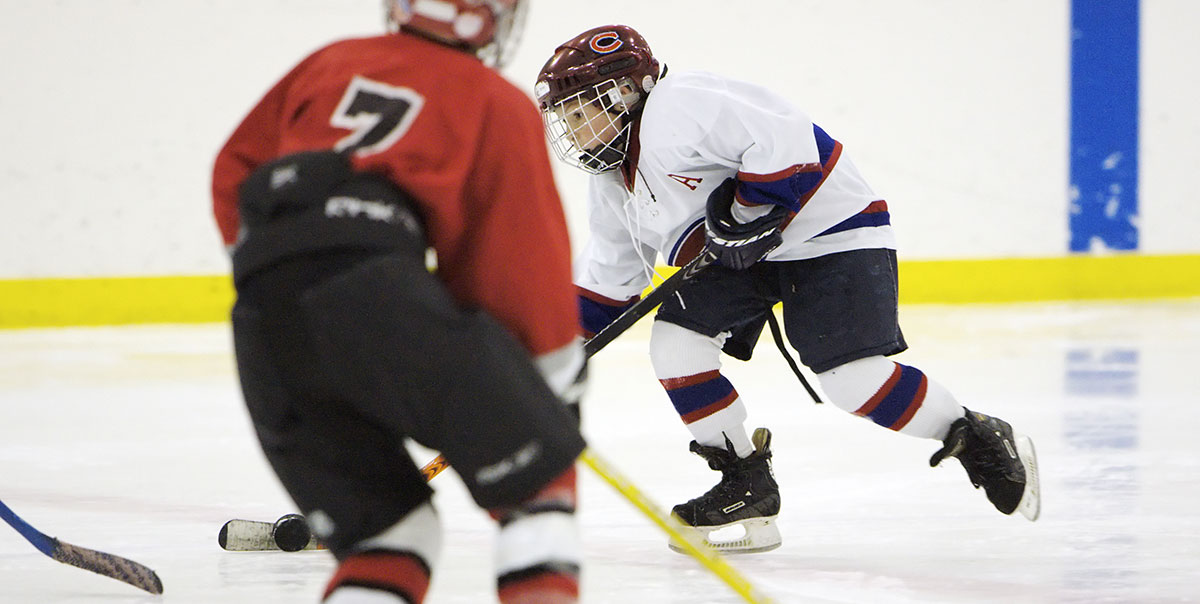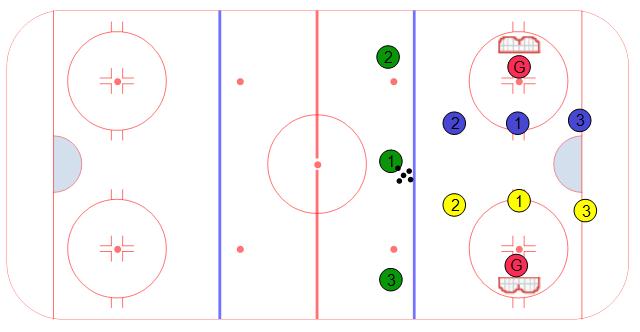
The Whole-Part-Whole practice philosophy is a practice structure that is different from the more traditional progressive practice structure. It may not be applicable to all age and skill levels and it is up to the coach or director to decide if it is appropriate for their team. The logic behind the Whole-Part-Whole method is based off of how kids learn when it is completely up to them. It is based off of observing what happens when you give a kid a new toy, objective, game, etc… Lets take a game for example. Typically the kid will open the game and start to play it right away based off their own interpretation of the toy or object as a “Whole”. They will experiment, play, and try to figure it out until they start to realize there is more to satisfaction to be gained if they can understand the rules or strategy better. At that point they may ask for help or begin to read the instructions in which they start breaking it down into “Parts” to understand it better and gain more satisfaction. Once they have a better understanding of the “Parts” then going back to the “Whole” and implementing what they have learned and experienced will help them master the toy, game, objective, etc…
Hopefully you can start to see how this philosophy can relate to the design of a youth hockey practice. If you break the practice into three segments - Whole, Parts, Whole then you can use this framework to structure how you use your time.
Implementation of the first segment - WHOLE
The first segment can be a game or concept that you throw at the players. No need to give them advice up front on how to do it well, remember we want them to interpret it in their own way, have fun, and let them struggle a bit. The coaches should encourage lots of effort and energy but stay away from coaching in this segment.
Example Drill for Segment #1
Below is an example of a small area game that can be used in this segment. This cross-ice 3 on 3 game will result in a lot of 2 on 1 situations, small area puck battles, and quick transitions. From these situations you can take focus on a couple

View Westminster 3 on 3 Drill
Implementation of the second segment - PARTS
In this segment you want to break down your overall objective into the key fundamentals that will help your players become more successful at the game or activity in your first segment. Here are just a few ideas of fundamentals that can be part of a larger concept:
- forward to backward transitions (skating)
- 2 on 1 positioning (offense and defense)
- net drive
- net presence
- shooting in stride
- shooting off the pass (one-timer)
- cycling down low for puck possession
- puck protection skills
- stick on puck (defensively)
- pivots (skating)
Example Drills for Segment #2
This first drill, Protect It, can be considered to be used in this segment of practice because it works on puck protection and posession which is required for players to be successful in the Westminster 3 on 3 drill. If the players are having trouble maintaining posession and protecting the puck then this would be something to work on, and this is a drill where coaches can work on specific puck protection techniques.
View Protect It
The Westminster 3 on 3 drill may also result in a lot of 2 on 1 situations. Based on how the players do with the 2 on 1's, both offensively and defensively, you can use the drill below to coach the players on 2 on 1 strategies.
View Cross Ice 2 on 1
Implementing the third segment - WHOLE
Now we re-visit a game or activity which relate to the drill in the first segment and will allow players opportunities to implement what they practiced in the "PARTS" segment. In the first segment it was important to let the players play and not stop play very often for teaching points because it was more important to evaluate where players needed the most work. In this segment it is important to stop the game at times to re-emphasize teaching points from the "PARTS" segment and how it relates to the game. The drill below is an example you can use for the third segment. It is similar to the drill in the first "WHOLE" segment but has a slight variation that still allows players the opportunity to implement what they learned throughout practice.
Example Drill for Segment #3

The Greatest Drill in the World
In Conclusion
Hopefully this gives you an overview of the WHOLE-PART-WHOLE practice philosophy. The examples given in this article are examples that are relevant for this type of practice philosophy and hopefully offer a clear example. Hopefully you, as the coach, can create your own practices based off of this philosophy.
Do you have any experience with the WHOLE-PART-WHOLE practice philosophy? Do you have any information about this philosophy you would like to share? Please use the comment field below to post your thoughts.


Great insight & approach on how to implement a team concept- thx!